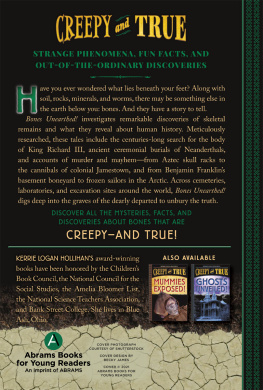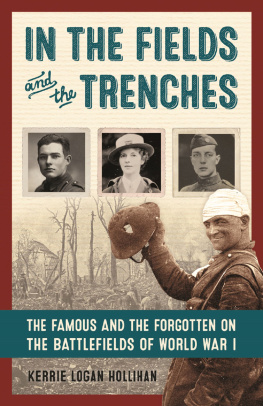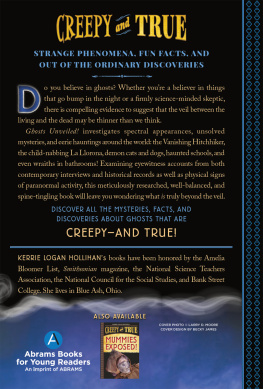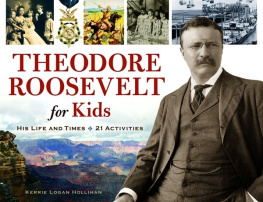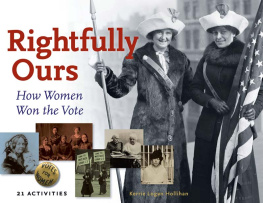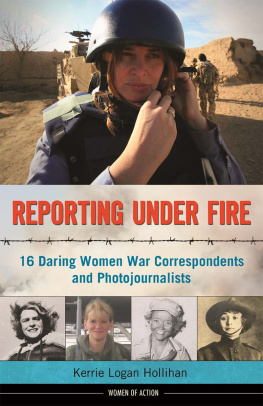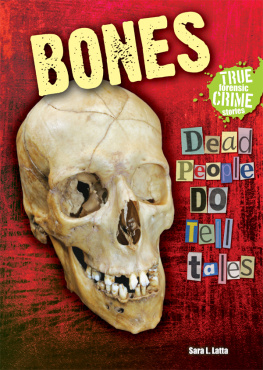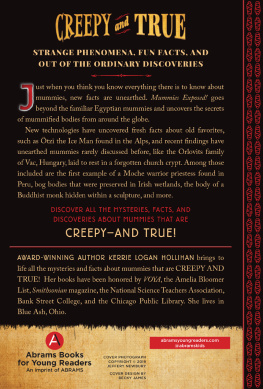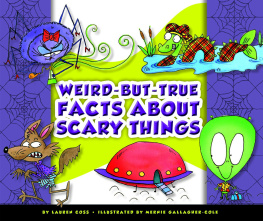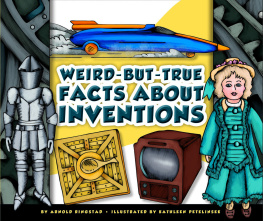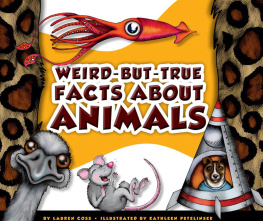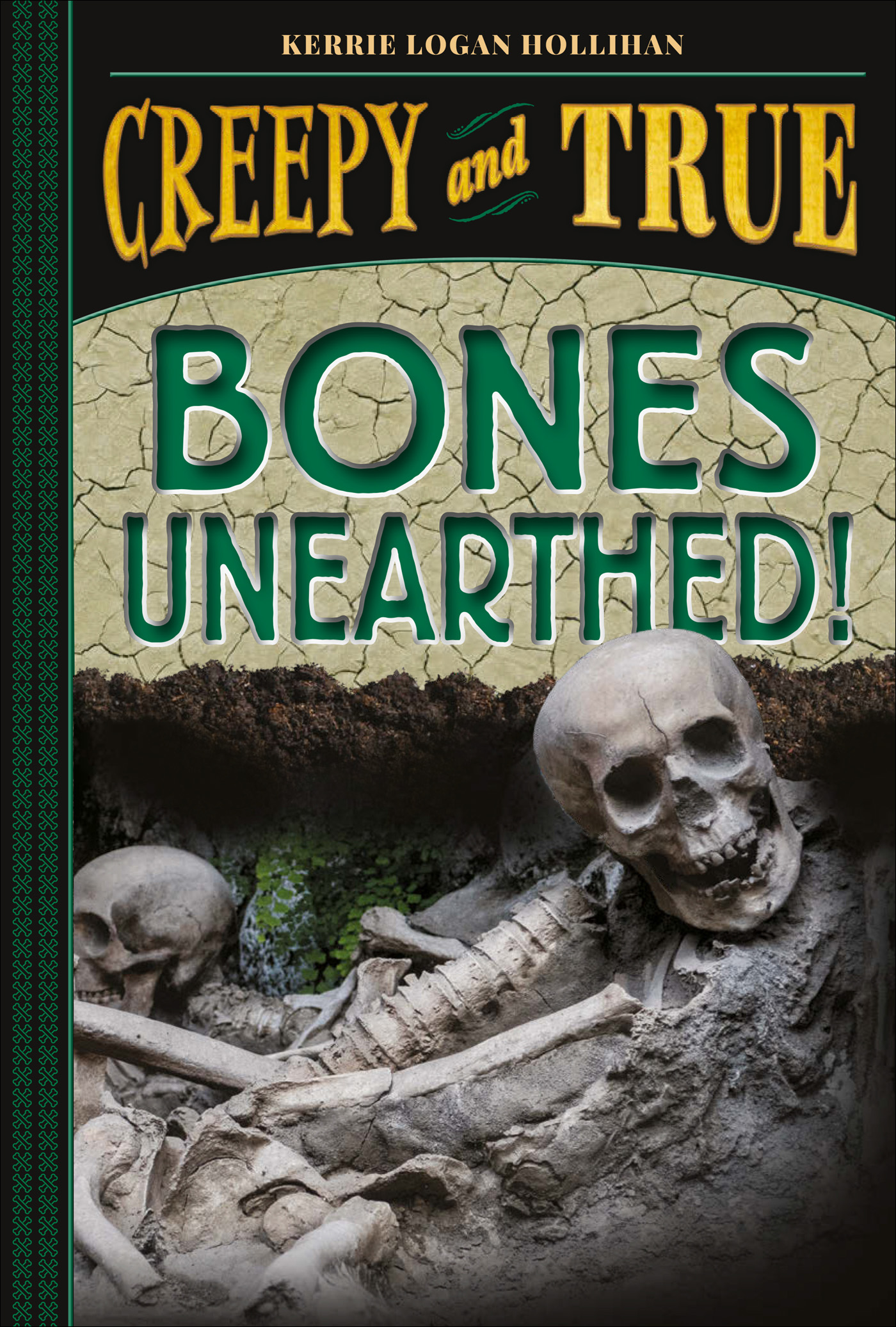Cataloging-in-Publication Data has been applied for and may be obtained from the Library of Congress.
Edited by Howard W. Reeves
For Picture Credits, see .
Published in 2021 by Abrams Books for Young Readers, an imprint of ABRAMS.
All rights reserved. No portion of this book may be reproduced, stored in a retrieval system, or transmitted in any form or by any means, mechanical, electronic, photocopying, recording, or otherwise, without written permission from the publisher.
Abrams Books for Young Readers are available at special discounts when purchased in quantity for premiums and promotions as well as fundraising or educational use.
Special editions can also be created to specification. For details, contact specialsales@abramsbooks.com or the address below.
Abrams and Creepy and True are registered trademarks of Harry N. Abrams, Inc.

Bones of All Men, circa 1520, from Hans Holbeins book, The Dance of Death. Skeletal trumpeters welcome the newly dead, as others wash bones in preparation for Judgment Day.
INTRODUCTION

Welcome to Bones Unearthed!
I started to think about this book quite some time ago. I envisioned it as a collection of tales about murder and about mayhem, which means disorder or chaos. Cryptic tales of murder and mayhem is how I explain this project to my friends.
Truth be told, what follows are history lessons about remarkable, creepy, and true discoveries of skeletal remains. Bones of all sorts: crania, clavicles, femurs, fibulas, jaws, and more. Teeth, too, though they arent bones, of course.
History? You might be thinking Ugh. School.
Allow me a moment, please.
History tells tales about our past. Amazing true stories about all kinds of people and things that have come and gone since time began. Not only queens and kings and wars and such, but fantastic accounts of ordinary men, women, and children that are rich with details and show us how they lived. What is more, their lives and times tell us about our lives and times. A lesson that we should never forget!
You can think of historians as detectives doing an investigation. They ask a ton of questions:
Who?
What?
When?
Where?
Why?
And then later on... how?
And even later... what if?
So how does a writer of history go about investigating? That answer would be:
Research! In the course of writing this book, I did a boatload of exploring.
I made a virtual dig into the graves of all the people you will read about, and I ended up learning new things about old stuff Id studied in school. The Russian Revolution, ancient China, Benjamin Franklin, earthquakes, and King Richard III of England. It turned out that every one of these topics was tangled up with murder, mayhem, or both... Creepy!
I had to learn about geologywhats gone on in the ground beneath our feetand Im not talking graves only.
I needed a refresher in biology, as well, specifically about deoxyribonucleic acidwhat you and I refer to as DNA. I had never heard of it when I was your age. It was being studied in university by very bright professors, but DNA didnt make it into the daily newspapers until later in the 1980s. DNA is the material that carries all the information about how a living thing will look and function. It is in every cell of every living thing.
I needed to think about math, too. Heres an example:
When I write that humans have walked the earth for about three hundred thousand years, I must put that in perspective and picture this fact in my mind. So I thought about my father, who died at nearly age one hundred .
In my brain I compare three hundred thousand years to my dads age:
300,000 v. 100
or
300,000 100 = 3,000
Now I have the perspective I need. Humans have been around about three thousand times longer than the years my dad lived from 1920 until 2020. Lets take that thought one step further. If Dads life was one American football field long100 yardsthen human existence stretches three thousand football fields!
I hope that you enjoy reading about and discovering these histories of bones as much as I have enjoyed learning and writing about them for YOU!
And, of course, they are all creepy and true.
cryptic: with hidden meaning

King Richard III of England as he was pictured by an unknown artist two hundred years after he was killed on Bosworth Field
CHAPTER ONE

DIGGING ON THE BONES OF A KING

On August 22, 1485, there was a battle...
Mounted on his horse, King Richard Plantagenet stood ready to defend his honor and his crown. Across the no-name field near the hamlet of Bosworth waited his enemy, an upstart noble named Henry Tudor. Henry had his eyes on the prize; he wanted nothing less than to be king of England. It was a War of the Roseswhite for the kings family, the House of York, and red for Henrys clan, the House of Lancaster. That day, their armies met on an open field. That day, they played the deadliest game of thrones ever.
A family feud, one might say.
Their families went into battle. Richard wore a circlet of gold around his helmet. It made him a marked man. The kings closest friends wore metal badges of wild pigs; Richard had picked out the white boar as his personal brand.
The king led the charge, sworn to slay his enemy and keep that golden circle on his helmet. But his hapless horse floundered in swampy ground, and he was forced to dismount. Richard, a fearsome fighter, swung his sword and battled alongside his men. His courage reigned when he refused their offer of a new mount to escape. And in the end, a red rose warrior planted a fatal blow across the back of Richards head.
The victorious Lancastrians swept across the battleground to sort the dead and dying men of York. They celebrated not only victory, but the end of the Plantagenets, who never again ruled England. There on the battlefield, with the stink of blood and sweat, and tears all around, the golden circlet was placed on Henrys head. He became the seventh Henry and the first Tudor to rule England.

